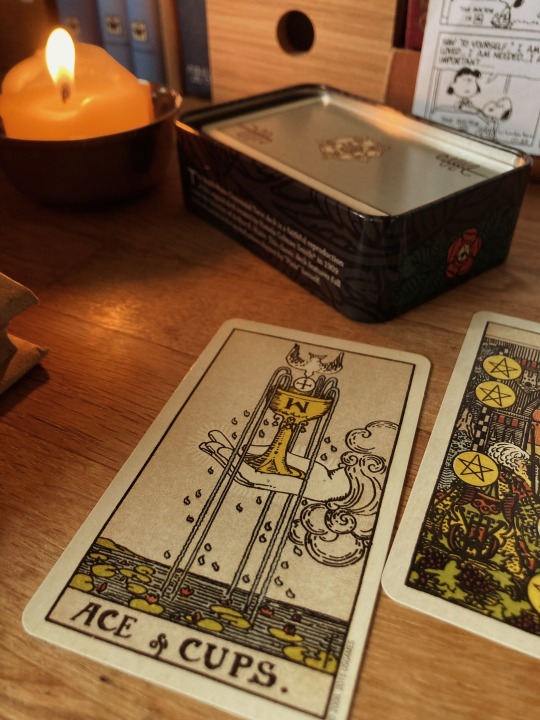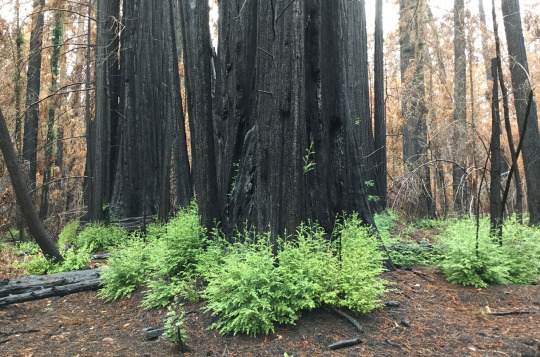Text
It’s crazy how low self-worth fucks with peoples lives
82K notes
·
View notes
Text
this coffee tastes like i can still have a beautiful life
38K notes
·
View notes
Text
Find meaning. Distinguish melancholy from sadness. Go out for a walk. It doesn't have to be a romantic walk in the park, spring at its most spectacular moment, flowers and smells and outstanding poetical imagery smoothly transferring you into another world. It doesn't have to be a walk during which you'll have multiple life epiphanies and discover meanings no other brain ever managed to encounter. Do not be afraid of spending quality time by yourself. Find meaning or don't find meaning but "steal" some time and give it freely and exclusively to your own self. Opt for privacy and solitude. That doesn't make you antisocial or cause you to reject the rest of the world. But you need to breathe. And you need to be.
Albert Camus, from Notebooks 1951-1959
1K notes
·
View notes
Photo



17th April ~ 12:15
English essay planning & finishing off holiday homework this morning. I’ve started doing that thing where you plan each day on post-its? We’ll see how it goes. Also I’m running low on post-its.
4K notes
·
View notes
Text
i don't know who needs to hear this, but guilt, self-hatred and shame are not sustainable sources of growth and healing. you can't hate yourself into feeling better, or being better. you can't repeatedly punish yourself for your flawed humanity and expect wholesome results.
37K notes
·
View notes
Text


Two moments of overflowing love.
1 note
·
View note
Text

Holed up in a coffee shop with yeon-studies for a few hours (despite the weather) to whittle down seven annotated articles, two work write ups, a lecture video, spss stats output, stats chapter and group notes, my email inbox, & a melty mocha. Perhaps ‘twas the promise of bao that kept me focused.
1K notes
·
View notes
Text


051221. god i wish i had even the slightest clue of what is ever going on at any moment but . math notes setup for today was nice
4K notes
·
View notes
Text

Good friends. Motorists guide, Yellowstone National Park. 1924.
Internet Archive
3K notes
·
View notes
Text

Plantstudie (1928) by Karl Blossfeldt (Rijksmuseum).
27 notes
·
View notes
Text
Ancient redwoods recover from fire by sprouting 1000-year-old buds

Article | Paywall free
When lightning ignited fires around California’s Big Basin Redwoods State Park north of Santa Cruz in August 2020, the blaze spread quickly. Redwoods naturally resist burning, but this time flames shot through the canopies of 100-meter-tall trees, incinerating the needles. “It was shocking,” says Drew Peltier, a tree ecophysiologist at Northern Arizona University. “It really seemed like most of the trees were going to die.”
Yet many of them lived. In a paper published yesterday in Nature Plants, Peltier and his colleagues help explain why: The charred survivors, despite being defoliated [aka losing all their needles], mobilized long-held energy reserves—sugars that had been made from sunlight decades earlier—and poured them into buds that had been lying dormant under the bark for centuries.
“This is one of those papers that challenges our previous knowledge on tree growth,” says Adrian Rocha, an ecosystem ecologist at the University of Notre Dame. “It is amazing to learn that carbon taken up decades ago can be used to sustain its growth into the future.” The findings suggest redwoods have the tools to cope with catastrophic fires driven by climate change, Rocha says. Still, it’s unclear whether the trees could withstand the regular infernos that might occur under a warmer climate regime.
Mild fires strike coastal redwood forests about every decade. The giant trees resist burning thanks to the bark, up to about 30 centimeters thick at the base, which contains tannic acids that retard flames. Their branches and needles are normally beyond the reach of flames that consume vegetation on the ground. But the fire in 2020 was so intense that even the uppermost branches of many trees burned and their ability to photosynthesize went up in smoke along with their pine needles.
Trees photosynthesize to create sugars and other carbohydrates, which provide the energy they need to grow and repair tissue. Trees do store some of this energy, which they can call on during a drought or after a fire. Still, scientists weren’t sure these reserves would prove enough for the burned trees of Big Basin.
Visiting the forest a few months after the fire, Peltier and his colleagues found fresh growth emerging from blackened trunks. They knew that shorter lived trees can store sugars for several years. Because redwoods can live for more than 2000 years, the researchers wondered whether the trees were drawing on much older energy reserves to grow the sprouts.
Average age is only part of the story. The mix of carbohydrates also contained some carbon that was much older. The way trees store their sugar is like refueling a car, Peltier says. Most of the gasoline was added recently, but the tank never runs completely dry and so a few molecules from the very first fill-up remain. Based on the age and mass of the trees and their normal rate of photosynthesis, Peltier calculated that the redwoods were calling on carbohydrates photosynthesized nearly 6 decades ago—several hundred kilograms’ worth—to help the sprouts grow. “They allow these trees to be really fire-resilient because they have this big pool of old reserves to draw on,” Peltier says.
It's not just the energy reserves that are old. The sprouts were emerging from buds that began forming centuries ago. Redwoods and other tree species create budlike tissue that remains under the bark. Scientists can trace the paths of these buds, like a worm burrowing outward. In samples taken from a large redwood that had fallen after the fire, Peltier and colleagues found that many of the buds, some of which had sprouted, extended back as much as 1000 years. “That was really surprising for me,” Peltier says. “As far as I know, these are the oldest ones that have been documented.”
... “The fact that the reserves used are so old indicates that they took a long time to build up,” says Susan Trumbore, a radiocarbon expert at the Max Planck Institute for Biogeochemistry. “Redwoods are majestic organisms. One cannot help rooting for those resprouts to keep them alive in decades to come.”
-via Science, December 1, 2023
11K notes
·
View notes





